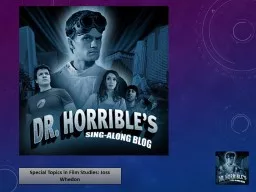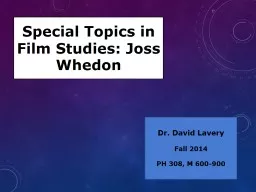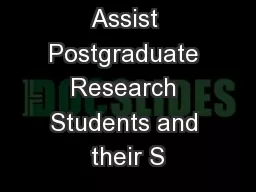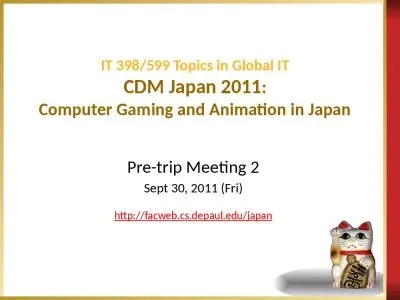PPT-Underexplored Research Topics
Author : olivia-moreira | Published Date : 2017-04-27
An Industry Perspective Erik Hoel esri e sri Super Secret Research Laboratory August 2011 Agenda History Big Data Imagery and Video Lidar Point Clouds and
Presentation Embed Code
Download Presentation
Download Presentation The PPT/PDF document "Underexplored Research Topics" is the property of its rightful owner. Permission is granted to download and print the materials on this website for personal, non-commercial use only, and to display it on your personal computer provided you do not modify the materials and that you retain all copyright notices contained in the materials. By downloading content from our website, you accept the terms of this agreement.
Underexplored Research Topics: Transcript
Download Rules Of Document
"Underexplored Research Topics"The content belongs to its owner. You may download and print it for personal use, without modification, and keep all copyright notices. By downloading, you agree to these terms.
Related Documents














